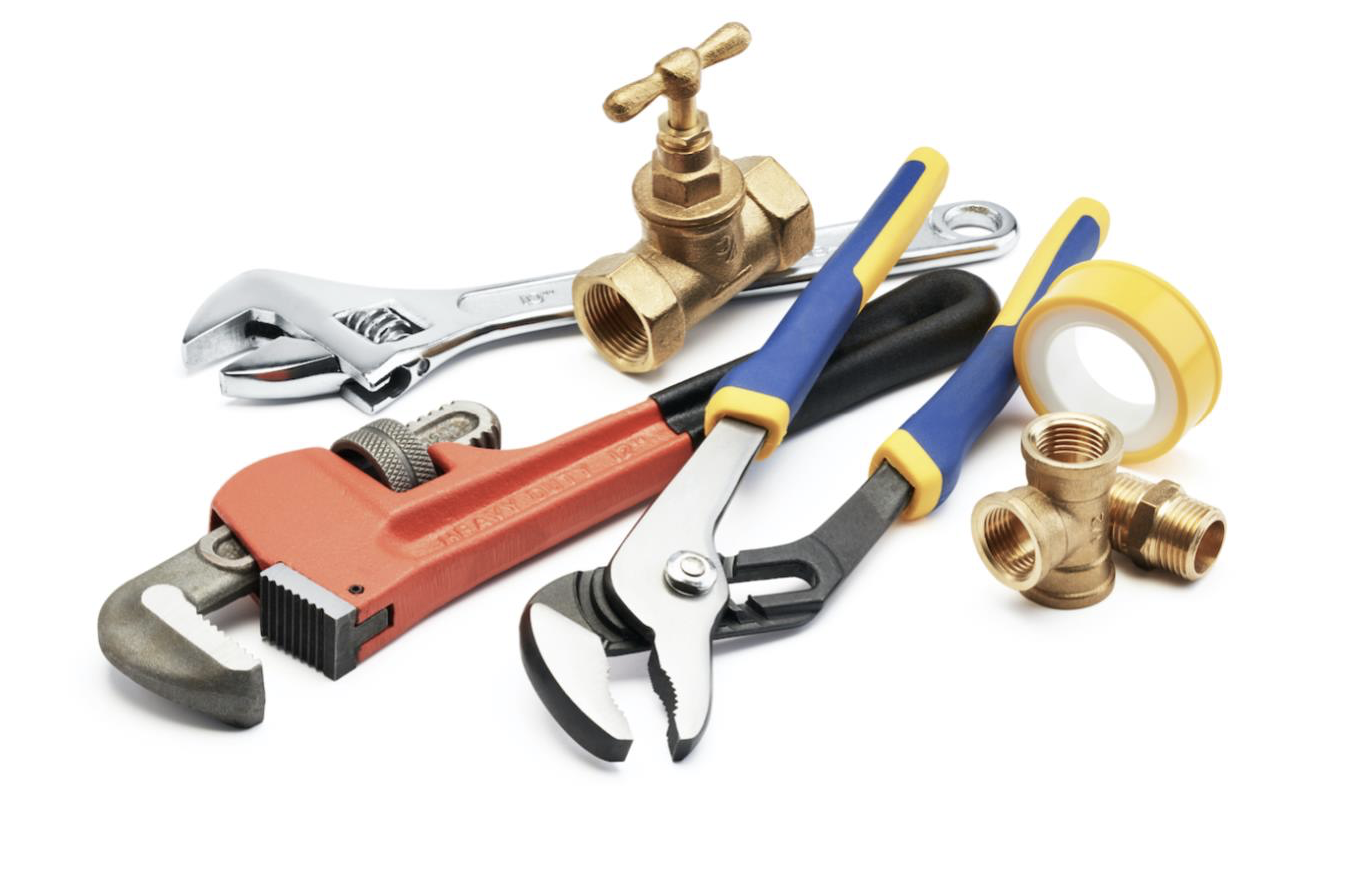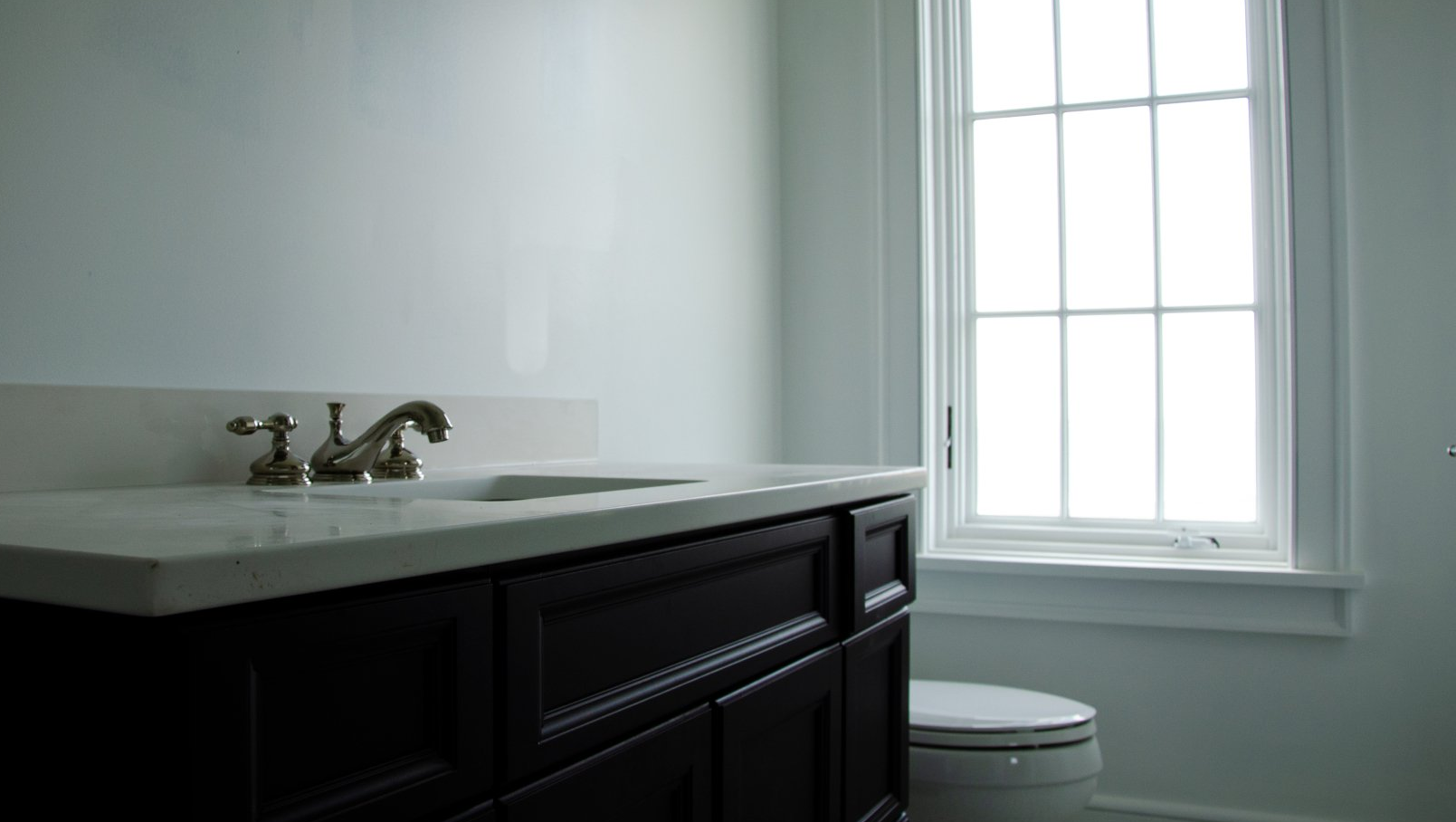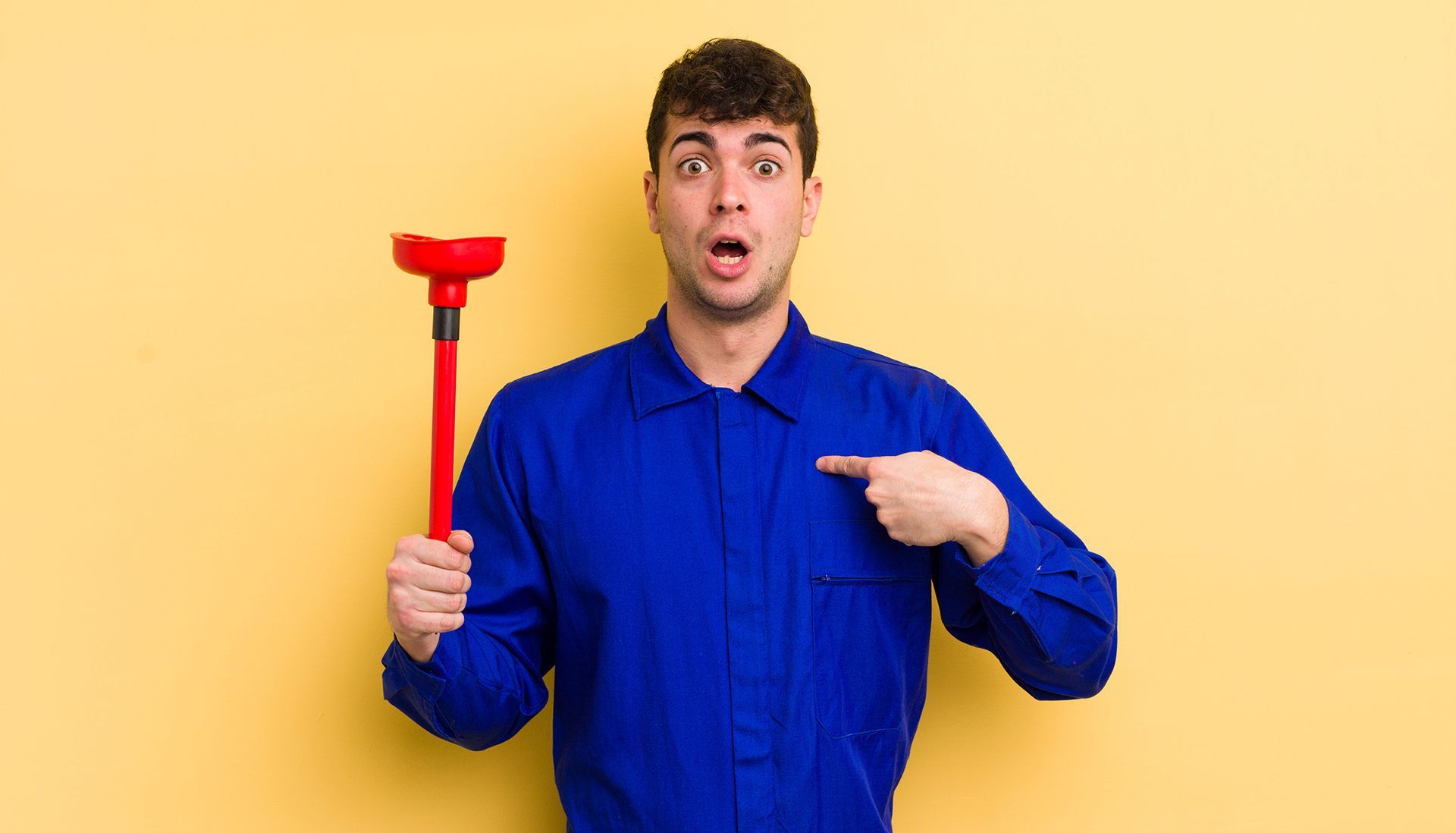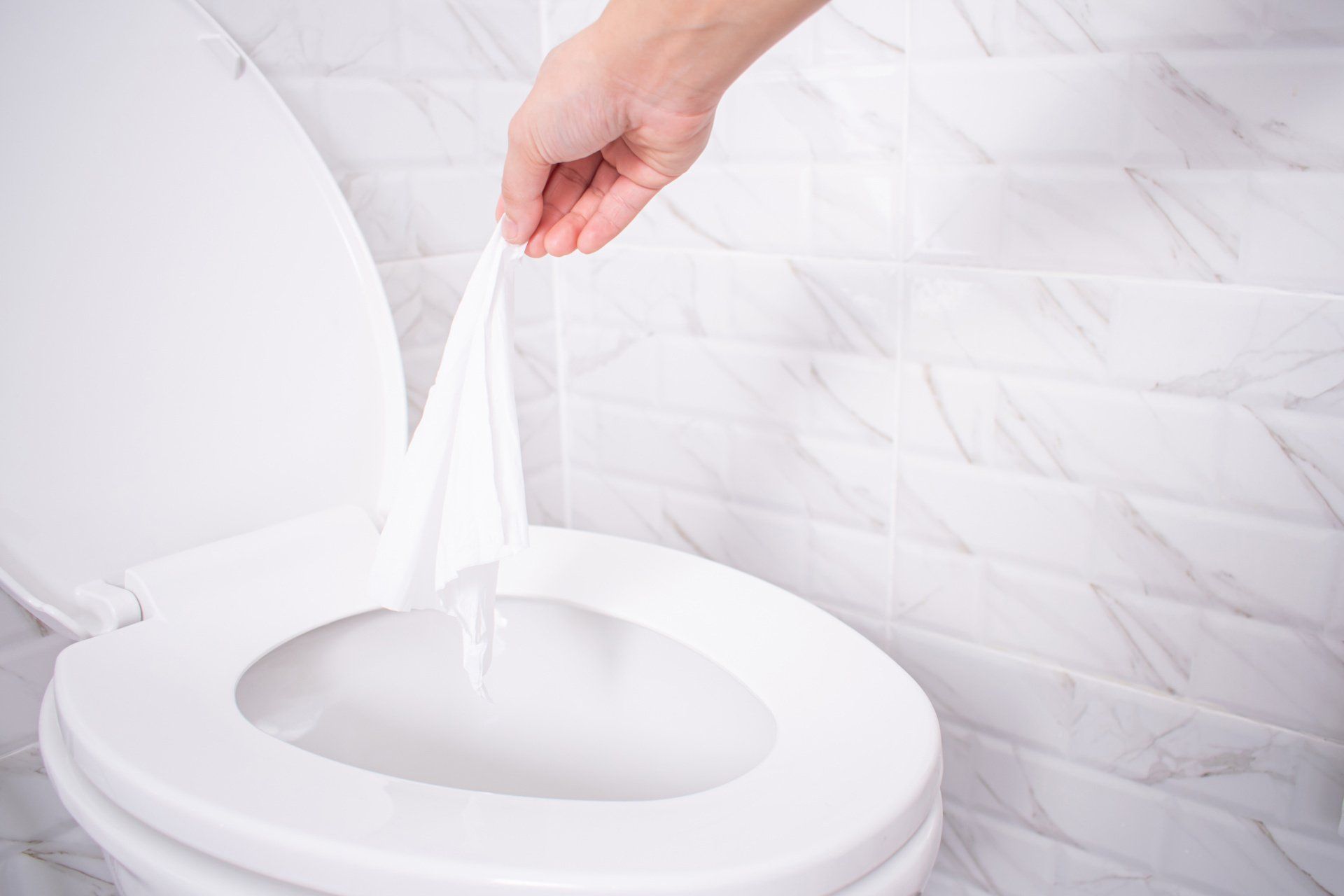Three tricks to buying the right plumbing equipment
September 1, 2021

If you’re a new homeowner, or you’re looking to give your house a facelift, one of your first priorities has to be making sure that your plumbing equipment is all functional. Otherwise, you’ll be making more calls than you’d care to count to your local plumber. But unless you come from a plumbing background, the process of buying new plumbing equipment can be difficult and frustrating.
Not to worry. Here are three quick tips on how to go about shoring up your house’s plumbing.
Get your common items from well-known stores
Local hardware stores are great. We’re all for supporting small businesses here at Beverly Plumbing. But the national chain hardware stores- such as Home Depot
or Lowe’s
- are more likely to have whatever it is that you may need, and thus, you should be able to purchase all your plumbing supplies in one fell swoop. The other advantage to buying your plumbing supplies from large chain stores is that you’re all but assured to take home the highest quality products. Lowe’s and Home Depot are only going to sell objects to customers that come from supply companies they know and trust, and have done business with for decades. As a result, when you walk out of one of those stores with a hefty sum of plumbing materials, you can rest easy that you’ve just purchased the best quality materials you’re likely to find.
Plan your purchases out in advance
One of the ways that you can save some time at the hardware store, and more importantly, ensure that you aren’t buying things you don’t need? Do your research. When you walk through the front door of the store, you should more or less know what it is you’re looking for. Avoid a second trip back to the hardware store that you don’t need to make- either because you need to return items that you didn’t need or because it turns out that you do need something that you failed to purchase in your first run- and instead spend that time doing more important things!
Ask a professional!
Even if you do take the time to evaluate your house and try to determine what it is you’ll need to buy ahead of time, you still may have some questions. Assuming you don’t hail from a plumbing background, that’s only natural. Luckily, our team of professionals at Beverly Plumbing is here to help! Whether your uncertainty is related to the type of shower head that provides the best water pressure and lasts the longest or the brand of toilet that can flush down the largest amount of waste, a quick email to us can answer any inquiries you might have, and best situate you in your plumbing equipment buyer’s journey!
(Footer) Do you have any questions related to a particular piece of plumbing equipment? We’re here to help! Simply reach out to us with your inquiry, and we’ll get back to you as soon as we can.
You might also like

In today's world, where environmental sustainability is becoming increasingly important, homeowners are seeking ways to make their homes more eco-friendly. While plumbin g may not be the first thing that comes to mind when thinking about energy efficiency, it plays a significant role in creating a greener home. In this blog post, we will explore energy-saving plumbing solutions that can help you reduce water waste, conserve energy, and make your home more environmentally friendly. I. Low-Flow Fixtures: One of the easiest and most effective ways to conserve water is by installing low-flow fixtures throughout your home. Low-flow faucets, showerheads, and toilets are designed to use significantly less water without sacrificing performance. These fixtures can reduce water consumption by up to 50% compared to traditional ones. Upgrading to low-flow fixtures is a cost-effective solution that not only helps the environment but also lowers your water bills. II. Water-Efficient Appliances: Another plumbing solution that can contribute to energy savings is opting for water-efficient appliances. Choosing appliances, such as dishwashers and washing machines, with a high Energy Star rating ensures that they use less water and energy with each use. These appliances are designed to operate efficiently while still providing excellent performance. Upgrading to water-efficient appliances not only reduces your environmental footprint but also helps you save on your utility bills in the long run. III. Efficient Water Heater: Your water heater can account for a significant portion of your overall energy consumption. To improve energy efficiency, consider installing a tankless or on-demand water heater. These systems heat water only when it is needed, eliminating the standby heat loss associated with traditional tank-style heaters. Tankless water heaters provide hot water on demand, reducing energy waste and ensuring you never run out of hot water. Additionally, insulating your water heater and pipes can further improve energy efficiency by minimizing heat loss. IV. Greywater Recycling: Greywater recycling is a sustainable plumbing solution that involves reusing water from sinks, showers, and laundry for non-potable purposes such as irrigation or toilet flushing. By diverting greywater, you can significantly reduce water consumption and minimize the strain on freshwater resources. Implementing a greywater recycling system requires professional expertise, but it can offer substantial long-term benefits for both the environment and your water bills. V. Rainwater Harvesting: Harvesting rainwater is an effective way to conserve water and reduce reliance on municipal water supplies. Installing rain barrels or a more elaborate rainwater harvesting system allows you to collect rainwater from your roof, which can then be used for outdoor irrigation or other non-potable purposes. Utilizing rainwater reduces the strain on municipal water sources during dry spells and contributes to water conservation efforts. VI. Regular Maintenance: Regular plumbing maintenance is essential for maximizing energy efficiency and preventing water waste. Inspect your plumbing system for leaks, dripping faucets, or running toilets and fix any issues promptly. These seemingly minor issues can waste significant amounts of water and increase energy usage over time. Conclusion: By implementing these energy-saving plumbing solutions, you can create a greener and more sustainable home while also reducing utility bills. Consulting with a professional plumber for advice on low-flow fixtures, water-efficient appliances, and other eco-friendly options tailored to your home's needs is highly recommended. Embracing these energy-saving plumbing solutions not only benefits the environment but also enhances your comfort, lowers your expenses, and contributes to a more sustainable future.


